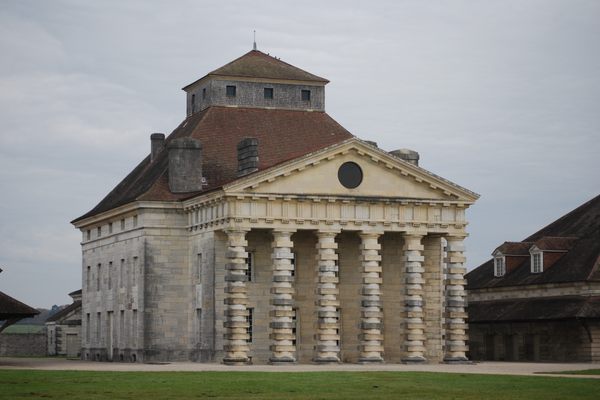About
Núcleo Museológico do Sal was founded in 2007 to document the ancient practice of artisanal salt production in Figueira da Foz. The museum is fittingly located in the middle of salt-producing establishments, or salinas. It consists of a warehouse repurposed to house the museum and actual ponds with a walkway in the middle.
Depending on the season and the amount of rain recently received, the walkway can be dry or covered with a layer of water, which can make for a slippery walk. The museum has educational information and showcases several traditional tools used for producing salt including baskets, sieves, wheel-shaped rakes (rodos), sluices, and other purpose-made gear.
The earliest evidence of salt production in Portugal dates back to the year 959, but the practice is likely even older. Salt played a fundamental role in Portuguese exploration of the globe through the centuries. It was not only used to enhance the flavor of food but also to preserve it, which was of great help on long journeys. The importance of salt grew so much that by the year 1178, the mineral became one of Portugal’s main exports.
Although varying in size, the ponds are rectangular, lined with a layer of clay, and filled with seawater. The water level is regulated by means of wooden sluices. Salt crystallizes at the bottom of the shallow ponds and is collected using rodos. Then, it is left in the sun to dry for (usually) five days. Several factors affect the quality of the salt, including mineral content, salt density, water temperature, and evaporation rate.
All salinas consist of three types of ponds, namely supply, evaporation, and crystallizer ponds, and they constitute delicate ecosystems. Different micro-organisms live on the water surface and on the floor of the ponds. These micro-organisms are essential in salt production, but if the ecosystem is not balanced, they can damage the quality of the salt. The health of the ecosystem is also intrinsically connected to the presence of migratory birds, which use salinas as feeding and breeding grounds.
Related Tags
Portugal: A Culinary Adventure from Porto to Lisbon
Explore Portugal through food, from the cities to the seaside.
Book NowCommunity Contributors
Added By
Published
April 7, 2022





































